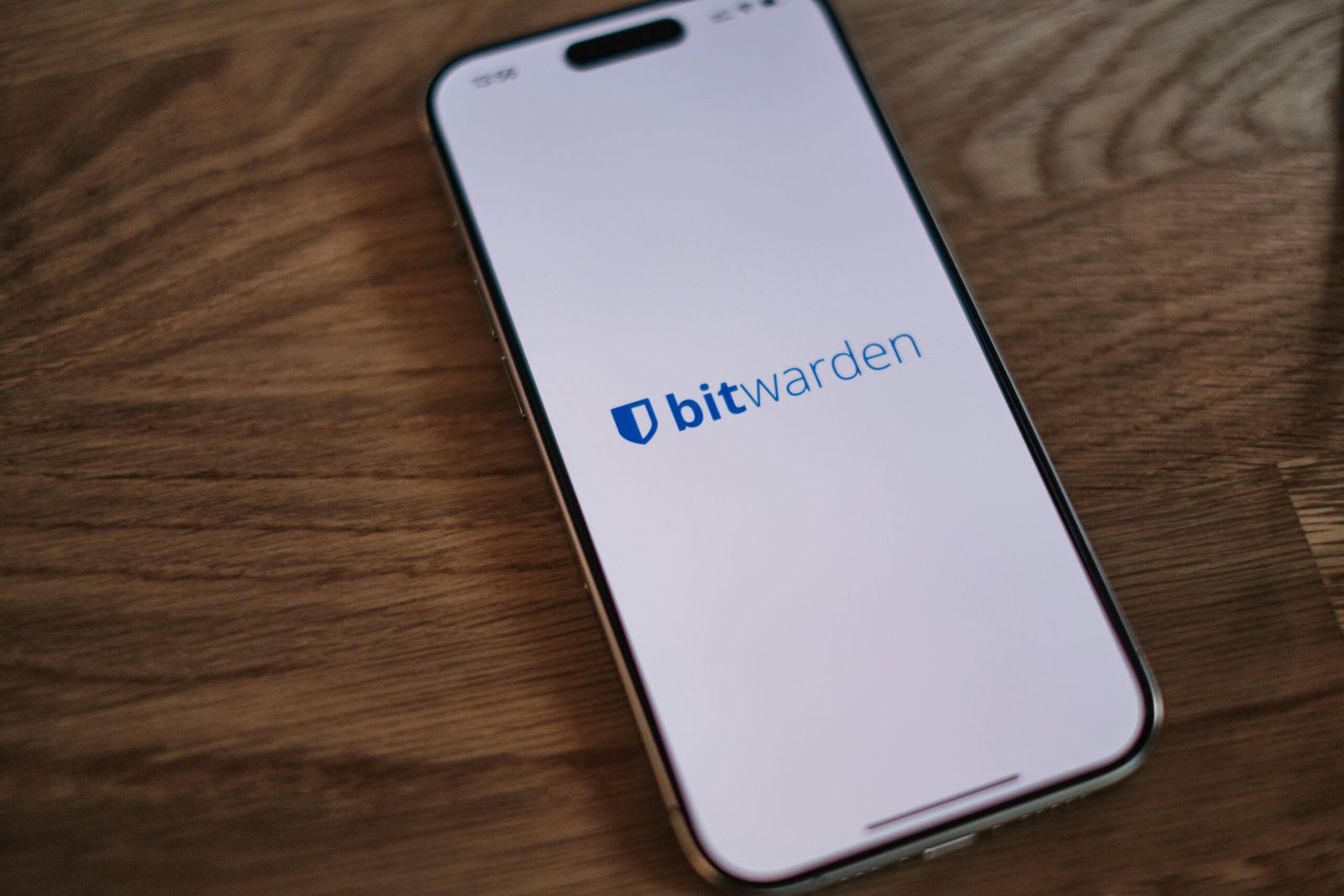Google Gemini vs. Microsoft Copilot: A Review

Introduction to AI Assistants
The emergence of artificial intelligence (AI) has significantly transformed the way individuals and organizations approach productivity. AI assistants, in particular, have become increasingly integral to a wide array of sectors, offering support in various tasks, enhancing efficiency, and streamlining workflows. By leveraging advanced algorithms and data analysis, these AI-powered tools are revolutionizing traditional methods of operation.
Two notable players in the realm of AI assistants are Google Gemini and Microsoft Copilot. Google Gemini, developed by Google, is designed to integrate seamlessly with the company’s suite of applications. Its capabilities extend beyond basic task management; it employs machine learning to refine its responses and improve user interactions over time. This continuous learning process enables it to provide contextually relevant suggestions, making it a powerful ally in enhancing productivity in both personal and professional settings.
On the other hand, Microsoft Copilot serves as an intelligent assistant embedded within Microsoft 365 applications. By utilizing natural language processing and AI-driven insights, Copilot offers users an innovative way to interact with their documents, spreadsheets, and presentations. It not only simplifies complex tasks but also assists with content generation, data analysis, and project management, resulting in a more efficient workflow. Both Google Gemini and Microsoft Copilot exemplify how AI technology is evolving to meet the demands of modern work environments, proving that their roles in productivity enhancement are vital.
As businesses and individuals increasingly rely on digital solutions, the importance of these AI assistants continues to grow. They are not just tools for automating simple tasks; they are now integral components of strategic decision-making and operational efficiency. Understanding the capabilities and functions of Google Gemini and Microsoft Copilot is crucial as organizations seek to adopt these advanced AI technologies to elevate their productivity levels.
Integration with Ecosystems
Both Google Gemini and Microsoft Copilot showcase significant efforts to integrate seamlessly within their respective ecosystems. Microsoft Copilot particularly excels in its integration into the Microsoft 365 suite, which includes widely used applications such as Word, Excel, and PowerPoint. This comprehensive integration allows users to leverage artificial intelligence (AI) capabilities directly within the tools they are already familiar with, streamlining workflows and enhancing productivity. For instance, Copilot’s ability to suggest contextually relevant content, automate repetitive tasks, and analyze data directly in Excel gives users a substantial edge, particularly when working with large datasets or generating insightful reports.
On the other hand, Google Gemini is striving to establish its foothold within Google Workspace, which encompasses tools like Google Docs, Sheets, and Slides. Although its integration is still evolving, Gemini is gradually introducing features that align with those offered by Microsoft Copilot. For instance, Gemini’s AI capabilities aim to assist users in generating written content, providing data insights, and even suggesting design layouts in Slides. However, Google Gemini’s integration may not yet offer the same depth of functionality as Copilot, which has had more time to mature within the Microsoft ecosystem.
While both solutions demonstrate strong integration capabilities, it is evident that Microsoft Copilot currently holds a more comprehensive and refined offering within the Microsoft 365 ecosystem. Conversely, Google Gemini, while still in development, shows promise and potential for improved integration with Google Workspace tools, indicating a commitment to enhancing user experience across its services. As both platforms continue to evolve, the landscape of AI-assisted productivity tools will likely grow even more competitive.
Evaluation of Capabilities
In the rapidly evolving landscape of artificial intelligence, evaluating the core capabilities of Google Gemini and Microsoft Copilot provides insight into how these tools can serve various needs within different environments. Microsoft Copilot has established itself as a formidable resource, particularly excelling in code generation, document summarization, and creative content production. Integrated seamlessly within the Microsoft ecosystem, Copilot leverages tools like Word, Excel, and Visual Studio to enhance productivity. Its ability to generate code snippets and assist in debugging significantly aids developers, making software development more efficient. Furthermore, Copilot’s document summarization feature enables users to condense lengthy texts, ensuring crucial information is easily accessible, thus saving time and enhancing comprehension.
On the other hand, Google Gemini showcases a robust potential in multimodal understanding, allowing for a more diverse range of applications. This AI tool excels in processing and interpreting text, images, and code simultaneously. Such comprehensive functionality allows Gemini to cater to various use cases, including image analysis alongside text generation and code translation. This versatility can be particularly useful in fields such as data analysis, research, and creative industries where integrating different forms of media is essential. Gemini’s potential for enhancing collaborative projects by providing insights that combine visual and textual data illustrates its unique value proposition in the AI landscape.
While Microsoft Copilot focuses heavily on supporting users within its suite of products, Google Gemini’s strength lies in its ability to bridge various media types, offering a wide array of applications that cater to modern user demands. As organizations and individuals increasingly seek tailored solutions for complex tasks, understanding these capabilities will be crucial in choosing the right tool for their needs.
User Experience Comparison
When evaluating the user experience of Google Gemini and Microsoft Copilot, it is imperative to recognize how each tool integrates within its respective ecosystem. Microsoft Copilot is designed to provide a seamless and intuitive experience for users, leveraging the robust framework of Microsoft applications such as Word, Excel, and PowerPoint. This integration allows users to access advanced AI capabilities without having to navigate away from their existing workflows, thus minimizing disruption and enhancing productivity. The familiarity of the Microsoft interface further contributes to user comfort, as Copilot functions as an extension of tools that many professionals are already accustomed to.
Conversely, Google Gemini is still in the early stages of its development, which affects its user interface and overall experience. While Google has a history of user-centric design, Gemini’s current version lacks the robustness and comprehensive integration that Copilot offers. Users may encounter some inconsistencies and limitations that could hinder their ability to perform tasks efficiently. However, it is important to acknowledge that Google has plans to refine and enhance Gemini’s user experience. Future iterations are expected to focus on improving interface design and functionality, allowing for a more cohesive interaction with Google’s suite of tools, such as Google Docs and Sheets.
The anticipation surrounding these upgrades highlights the potential for Gemini to evolve into a competitive alternative to Copilot. As Google prioritizes user feedback and explores innovative features, there is optimism that Gemini will soon provide a user experience that rivals or potentially surpasses that of Copilot. Ultimately, both tools aim to enhance user productivity, but their current states reflect distinct approaches to integrating AI technology within existing workflows.
Strengths of Microsoft Copilot
Microsoft Copilot has rapidly established itself as a powerful tool for individuals and organizations looking to enhance their productivity. One of the most significant advantages of Copilot is its seamless integration into the widely-used Microsoft ecosystem, including applications like Word, Excel, PowerPoint, and Outlook. This integration allows users to leverage their existing knowledge of these tools while benefiting from the advanced capabilities of artificial intelligence.
The deployment of Microsoft Copilot can lead to significant efficiency improvements across a diverse range of tasks. For instance, in Excel, users can rely on Copilot to generate complex analyses, automate data trends, and even suggest visualizations, thus saving considerable time and effort. In Word, it can assist in drafting content and providing grammar corrections, streamlining the document creation process. Similarly, PowerPoint users can utilize Copilot to suggest design improvements and streamline presentation creation, thereby enhancing the overall quality of their work.
Another noteworthy strength of Microsoft Copilot is its adaptability, engaging users with different levels of expertise. Whether the user is a student working on basic assignments or a professional preparing detailed reports, Copilot can adjust its assistance accordingly. This versatility makes it an invaluable resource designed to cater to a broad audience.
Citing real-world applications, many organizations have reported substantial improvements in team productivity after implementing Microsoft Copilot. Specific examples include enhanced project management and more rapid content generation, all of which contribute to an overall increase in workplace efficiency. As such, the strengths of Microsoft Copilot not only lie in its technological prowess but also in its ability to consistently support users in reaching their goals effectively.
The Potential of Google Gemini
Google Gemini emerges as a formidable newcomer in the realm of AI assistants, distinguished by its innovative emphasis on multimodal capabilities. This approach enables Gemini to process and interpret various types of data inputs, such as text, images, and videos, enhancing its ability to understand context holistically. The potential of Google Gemini is evident in its attempts to integrate these modalities seamlessly, paving the way for more sophisticated interactions. Users may soon experience a more natural and intuitive engagement with technology, driven by an AI that comprehensively grasps various input forms.
At the core of Gemini’s design is its focus on pioneering advancements in key areas of artificial intelligence research. The capabilities it harnesses extend beyond traditional text-based interactions, allowing it to engage in tasks that require nuanced understanding and response generation. For instance, Gemini’s advancements in natural language processing and computer vision may facilitate applications in fields such as education and healthcare, where understanding complex information across different formats is paramount. This multi-faceted proficiency could revolutionize how humans interact with digital assistants, enabling nuanced conversations that cater to diverse needs.
Furthermore, Google Gemini is not merely an iteration of existing technologies; rather, it signifies a transformative step towards creating AI that can tackle intricate tasks requiring a blend of diverse skill sets. Its potential applications span various industries, suggesting opportunities for enhanced efficiency, improved decision-making, and innovation in service delivery. As Gemini continues to evolve, stakeholders in technology sectors should pay close attention to how this AI landscape shifts, offering insight into future developments and applications that could reshape human-computer interactions. The promise of Gemini lies in its ability to bridge gaps left by previous AI models, signaling a moving frontier in the development of intelligent systems.
Current Verdict: Which One to Choose?
As businesses and individual users navigate the ever-evolving landscape of digital productivity tools, the decision between Google Gemini and Microsoft Copilot becomes increasingly pertinent. Both platforms offer unique features that cater to different user requirements, making it essential to carefully consider various factors when choosing between them. Understanding user needs is paramount, as the ideal solution for one organization may not suffice for another.
One key aspect influencing this choice is the existing ecosystem compatibility. Organizations entrenched in the Microsoft environment—utilizing tools such as Office 365—may find Copilot to be a seamless addition to their workflows. Its integration with familiar applications can enhance productivity without requiring significant retraining. Conversely, users heavily reliant on Google’s suite of tools, including Gmail and Google Drive, may favor Gemini for its ability to synergize effectively within that framework.
Productivity preferences also play a crucial role in this decision-making process. For users seeking advanced task automation and AI-driven insights tailored for specific roles, Microsoft Copilot presents compelling advantages. On the other hand, Gemini’s versatility and emphasis on creative functionalities may appeal to users who prioritize innovative solutions and collaborative efforts.
Ultimately, the selection between Google Gemini and Microsoft Copilot hinges on an intricate interplay of user-specific factors, such as familiarity with the existing infrastructure and particular productivity needs. Thorough consideration of these aspects will not only streamline daily operations but also align technological investments with overarching business objectives, ensuring users are equipped with the most effective tools to enhance their productivity and innovation. It is vital to evaluate both platforms in the context of personal and organizational goals to make an informed decision that best suits their needs.
Long-Term Outlook for AI Assistants
The future of AI assistants such as Google Gemini and Microsoft Copilot promises not only to revolutionize the way tasks are automated but also to significantly enhance user experience across numerous industries. As artificial intelligence continues to advance, these tools are set to become more intuitive, learning from user interactions and adapting their functionalities accordingly. This progression will likely lead to more personalized experiences, allowing users to achieve their goals with greater efficiency and less effort.
One prevailing trend in AI development is the increasing emphasis on natural language processing (NLP). As both Google Gemini and Microsoft Copilot evolve, their capabilities in understanding and responding to human language will improve, making interactions feel more fluid and organic. Enhanced NLP will facilitate more seamless communication, enabling these tools to understand context, detect nuances, and provide more relevant responses. This advancement is particularly significant for professionals who rely heavily on communication and collaboration in their workflows.
Moreover, advancements in machine learning algorithms and data analytics will contribute to a broader range of capabilities for AI assistants. Tools like Google Gemini and Microsoft Copilot are expected to integrate more effectively with various applications and platforms, providing users with a cohesive ecosystem of digital tools. As industries increasingly adopt AI-driven solutions, we can anticipate that these assistants will play a critical role in supporting decision-making processes and optimizing operations.
As we look ahead, it is important to acknowledge the potential ethical considerations surrounding AI adoption. Concerns regarding data privacy, algorithmic bias, and the societal impact of automating work will necessitate ongoing dialogue and regulatory considerations. Nevertheless, as AI tools like Google Gemini and Microsoft Copilot continue to mature, they are poised to significantly transform both individual and organizational productivity, ultimately shaping the future landscape of work.
Making the Right Decision
As organizations increasingly rely on advanced AI tools, the decision between Google Gemini and Microsoft Copilot becomes paramount. Both of these AI assistants offer unique strengths that cater to various user needs and preferences. Understanding these distinctions is crucial for individuals and companies looking to optimize their workflows through technology.
Google Gemini leverages Google’s extensive data ecosystem, bringing together advanced machine-learning capabilities. This offers users powerful solutions for data analysis and management, particularly beneficial for those already integrated into the Google Workspace environment. On the other hand, Microsoft Copilot presents a versatile platform that enhances productivity within the Microsoft suite of applications. Its seamless integration across tools like Word and Excel makes it attractive for users familiar with Microsoft products.
When making a decision, it is essential to consider specific requirements, including the existing technological infrastructure, user experience expectations, and long-term goals. Organizations must evaluate the level of AI integration they desire, whether for content generation, data processing, or collaborative tasks. Furthermore, assessing ease of use, support systems, and compatibility with other tools will provide additional clarity in determining the best fit.
Ultimately, both Google Gemini and Microsoft Copilot provide robust solutions to enhance productivity and efficiency. Choosing the right AI assistant should involve a thorough evaluation of both options, aligning them with personal preferences and organizational objectives. By taking a well-rounded approach, businesses and individuals can select an AI tool that not only addresses immediate needs but also supports future growth and adaptability in a rapidly evolving technological landscape.







